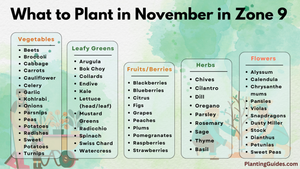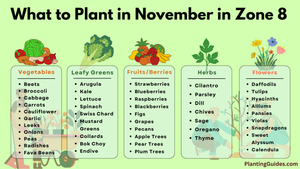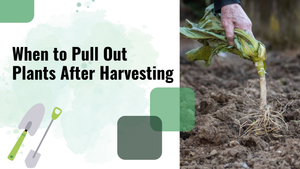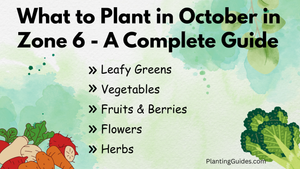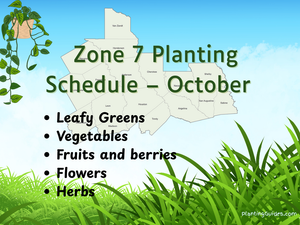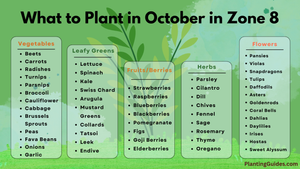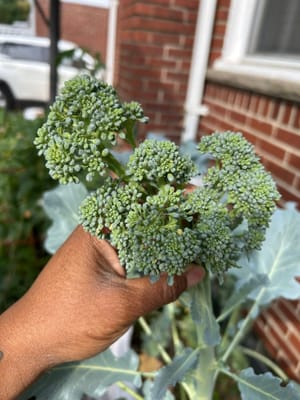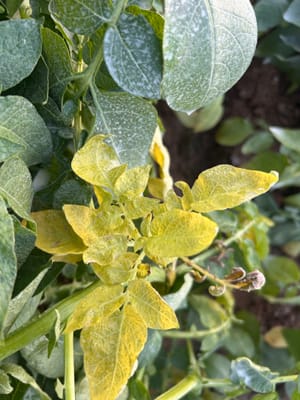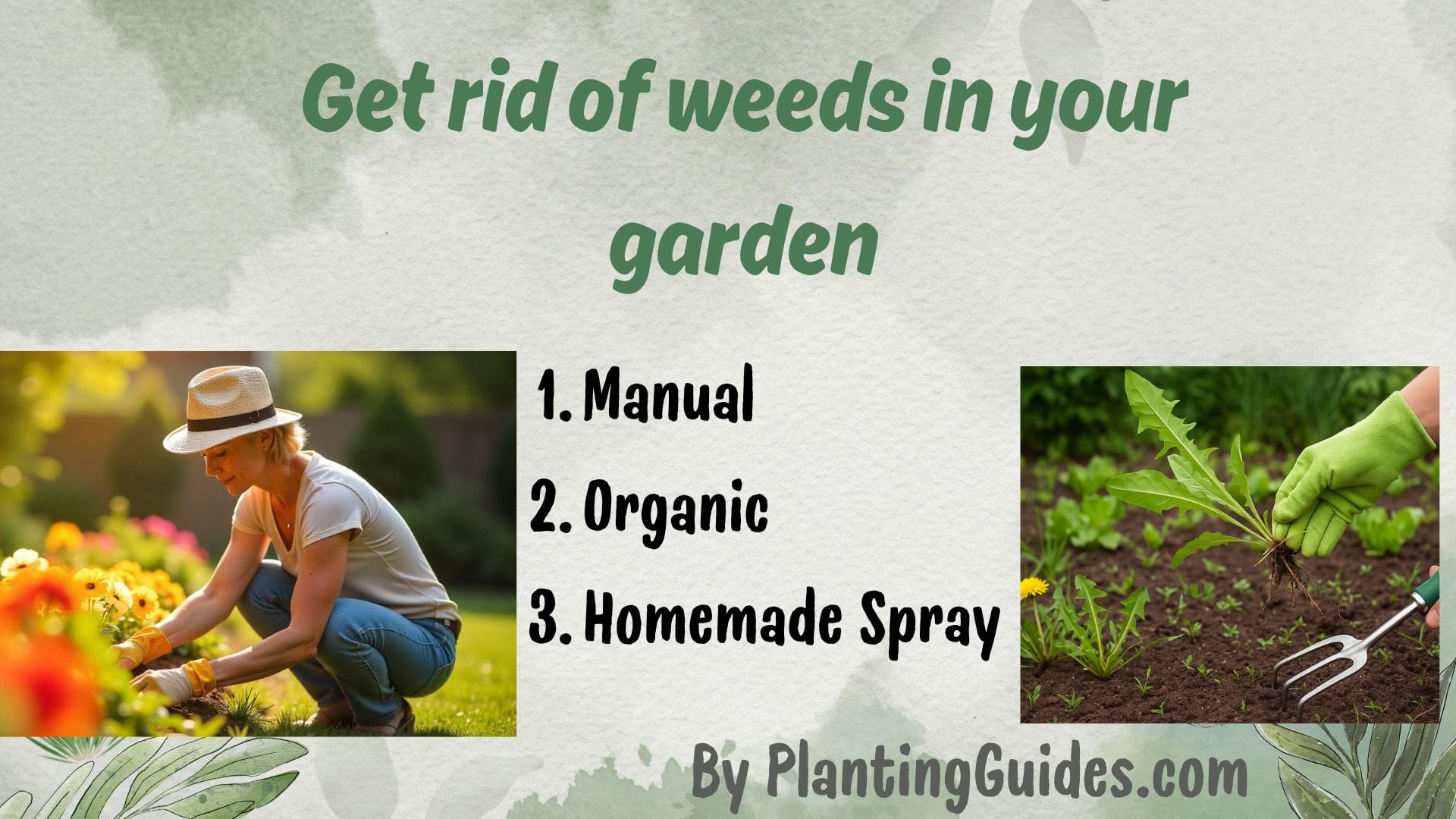
Weeds are a common problem in every garden. I think they are kind of uninvited guests in your garden. They steal water, sunlight, and nutrients from your plants. So it's very important to take them away from your garden to keep your garden healthy and looking good.
Manual Weed Removal
Manual weeding is when you get rid of weeds by pulling them out of the ground with your hands or using basic tools like a trowel, hoe, or weeding fork. It is the most straightforward method.
| Method | Best For | Tools Needed | How to Remove |
|---|---|---|---|
| Hand Pulling | Small, shallow-rooted weeds | Gloves | Gently pull the weed to remove roots completely |
| Hoeing | Larger patches | Garden hoe | Cut just below the soil surface to remove weeds |
| Digging | Deep-rooted weeds | Dandelion digger, fork | Dig around the root and pull out the taproot completely |
It’s best to remove weeds after rain when the soil is soft. When you’re pulling weeds, make sure you get the whole thing, roots and everything. If you just cut the top, it’ll grow back.
Organic Weed Control Methods for Garden
Organic methods are eco-friendly, and I think it's the best way to keep your garden weeds free without chemicals.
They’re not only better for the environment but also safe for pets, kids, and wildlife.
Mulching
Mulch acts like a barrier covering the soil. When you cover the ground with mulch it will block the sunlight that stops weeds from growing and sprouting.
Mulching also keeps your soil moist for plants.
Types of Mulch
| Type of Mulch | Material | Best For | Application Depth | Weed Suppression Level |
|---|---|---|---|---|
| Organic Mulch | Straw, bark, compost | Flower beds, vegetable rows | 2–4 inches | High |
| Newspaper/Cardboard | Biodegradable paper | Under other mulch or soil | 1–2 layers | Very High |
| Grass Clippings | Lawn waste | Around fruit trees or shrubs | 1–2 inches | Moderate |
How to Use Mulch to get rid of weeds
Pull out the weeds and properly smooth the soil with a rake.
Put a 2–4 inch layer of mulch around your plants, but keep a small space around the stems to prevent rot.
Reapply mulch annually to maintain effectiveness.
Flame Weeding
Flame weeding uses a propane torch to zap weeds with quick heat. It cooks the weed’s cells, killing it in a few days without burning it to ash.
You don’t need to start a fire. Just a fast sweep of heat over the leaves is enough to take the weed out.
How to Use (In Simple Steps)
| Flame Weeding Step | Details |
|---|---|
| Get a Flame Weeder | Buy a propane torch-style tool from a garden center or online. |
| Stay Safe | Wear gloves, safety glasses, and clothes that won’t catch fire easily. Make sure there’s no dry grass or leaves nearby. |
| Aim at the Weeds | Hold the flame just above each weed for 1–2 seconds. You don’t need to burn it to ashes, just heat it enough to damage the plant cells. |
| Repeat if Needed | For big areas or stubborn weeds, you may need to go over them again later. |
Don’t use flame weeding when it’s dry or windy, and always have water nearby in case something catches fire by accident.
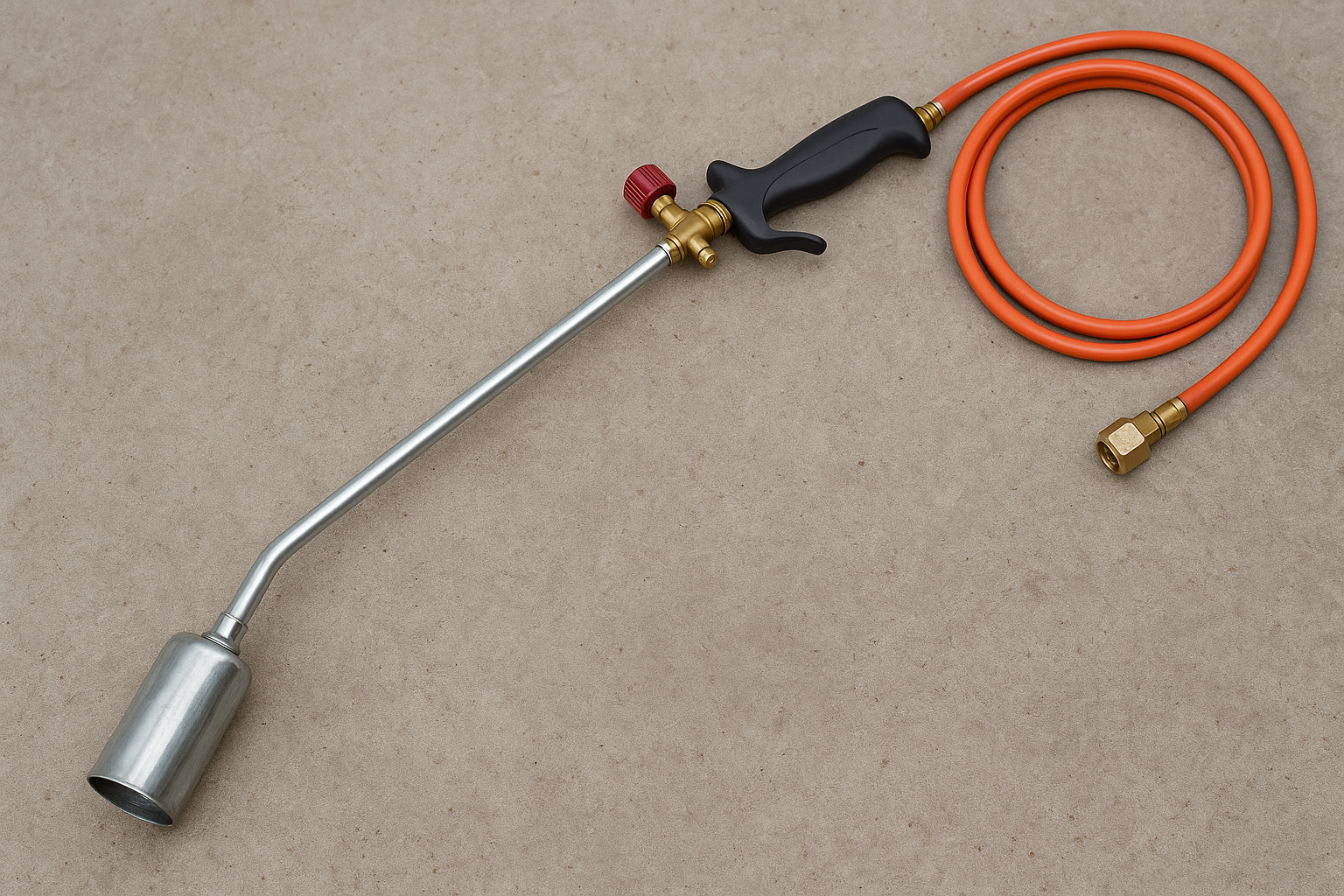
The Flame Weeding method is the best for gravel paths, driveways, patios, and spots with stubborn weeds like dandelions or crabgrass.
Boiling Water
I love using boiling water to kill weeds, it’s one of my favorite methods. Just pour it straight on those annoying plants, and it destroys their cells and root systems, no chemicals needed.
This method is best for small or young weeds. The hot water kills them quickly, usually with just one pour.
How to Use boiling water to get rid of weeds
These are the simple steps below to prepare boiler water and use it.
- Boil some water in a big pot or kettle.
- Carefully pour the hot water right on the weeds, aiming at the base to soak the whole plant.
- Some strong or deep-rooted weeds, like dandelions, may need hot water 2 or 3 times to fully kill them.
The boiling water will cook the weed, so it will drop the leaves, turn brown, and the plant will usually die within 1 or 2 days.
Don’t use it near flowers and veggie beds, also avoid contact with other plants because boiling water kills everything it touches.
In my experience, I have to pour boiling water 2 or 3 times to kill the big weeds or the ones with strong roots. They don’t die with just one try.
Vinegar and Soap Spray
Vinegar and soap spray is a simple, natural weed killer you can make at home. It works great for getting rid of weeds in gardens, patios, or driveways. It’s safe for the environment and won’t harm your plants when used carefully.
Vinegar, especially white vinegar, has acetic acid, which dries out weeds and damages their tissues. Dish soap helps the vinegar stick to the weeds, so it works even better.
How to Use Vinegar and Soap Spray
These are the simple steps below to prepare vinegar and soap spray and use it.
| Step | What to Do |
|---|---|
| 1. Make the Solution | Mix 1 gallon of vinegar with 1 tablespoon of dish soap. (Optional: Add 1 tablespoon of salt for extra power.) |
| 2. Test It First | Test the spray on a small area first to check that it does not hurt your other plants. |
| 3. Spray the Weeds | On a sunny day, spray directly on the weeds. Try to cover the whole plant, especially the roots. |
| 4. Repeat if Needed | Bigger or stronger weeds may need a few sprays. Wait 2–3 days before spraying again. |
Add 1 tablespoon of salt for extra power, but be careful because salt can make the soil bad for planting later.
Always spray on hot, sunny days because the sun helps dry out the weeds even more. You can also pour the solution directly onto the weeds to cover the roots properly.
Vinegar and soap spray work best on young, shallow-rooted weeds like dandelions, crabgrass, and weeds growing in cracks or between pavement stones. It isn't strong enough to kill tough, deep-rooted weeds.
How I Keep Weeds Out of My Garden
I used to spend hours every week to pull out weeds out of my garden. Then, I realized that pulling weeds over and over isn't the best way to deal with them. It's time-consuming, exhausting, and the weeds just grow back anyway. So, I started focusing on setting up my garden to stop weeds from growing in the first place.
I think it is easier than constantly pulling them. It saved me a lot of time and effort, and my plants actually grew better too.
Planting Close Together (Dense Planting)
One of the first things I did was stop leaving big empty spaces between my plants. I started planting my flowers and veggies closer together, leaving no big empty gaps.
So you can plant your flowers or veggies, or other plants close (but not too close), they cover the soil and block sunlight, and weeds hate that.
Benefits
- Blocks sunlight from reaching weed seeds, so it can't grow.
- Makes better use of garden space
- Soil stays moist longer
I like using ground-cover plants like marigolds or herbs to fill any gaps, they look pretty and smell great too.
Use Landscape Fabric
When I started adding weed barrier fabric under mulch in some areas (like walkways and flower beds), the difference was amazing. The weeds just stopped showing up.
These are some common landscape fabrics and barriers you can choose for your garden.
| Fabric Type | Use Case | Lifespan | Allows Water Through |
|---|---|---|---|
| Woven polypropylene | Garden beds | 5–10 years | ✅ |
| Cardboard/newspaper | Temporary cover | 1 season | ✅ |
| Plastic sheeting | Under gravel pathways | 5+ years | ❌ |
How to Use
- Lay the fabric flat on the ground.
- Pin the fabric down using landscape fabric pins or garden staples every 12-18 inches.
- Add mulch or gravel on top to hold it in place and keep weeds out.
- Cut small X-shaped holes in the fabric where you want to plant, the holes should be big enough for your plants.
It blocks weeds before they start, and now I hardly need to weed those areas. Also, one roll of landscape fabric lasts a long time.
I use this mostly around my fruit trees and along garden paths.
I still do some weeding, but just a little, and it’s way easier now. I spend 15–20 minutes every weekend, usually after watering or a light rain, when the soil’s soft and the roots pull out easily.
